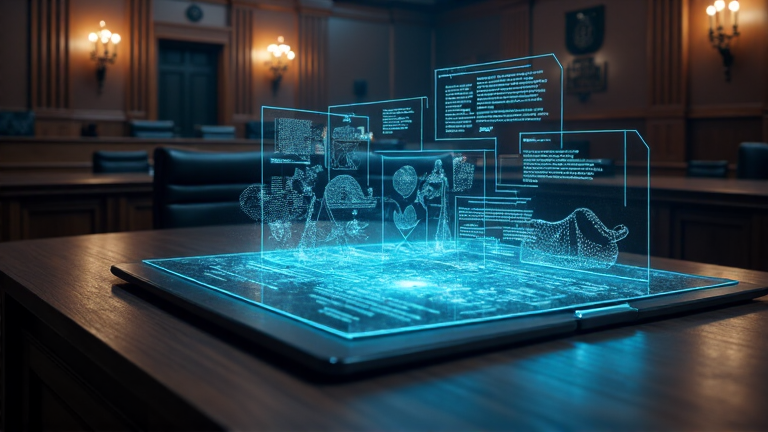
Legal and AI Fallout: Attorney Faces $15K Fine Over Fabricated Citations
A recent case in Indiana has highlighted the challenges and risks associated with relying too heavily on AI in legal filings. A federal magistrate judge has recommended a staggering $15,000 in sanctions for attorney Rafael Ramirez from Rio Hondo, Texas, after it was discovered that he cited three non-existent cases in court documents.
The Case in Focus
On October 29, 2024, during the submission of legal briefs, Ramirez referenced three court cases that simply did not exist. US Magistrate Judge Mark J. Dinsmore quickly pointed out that while minor citation errors like transposed numbers or misspelled names might be acceptable, citing fabricated cases is inexcusable. The judge stated:
"Citing to a case that simply does not exist is something else altogether."
This error appears to have stemmed from Ramirez's use of an AI-generative tool. In a January 3, 2025 hearing, Ramirez admitted that he had relied on AI software to draft his briefs. However, he claimed to be unaware that the tool could generate fictitious case citations, an oversight that ultimately led to a violation of Federal Rule of Civil Procedure 11, which mandates that attorneys certify their filings as accurate to the best of their knowledge.
AI in Legal Practice: A Double-Edged Sword
This incident serves as a cautionary tale for legal professionals adapting to technological advancements. The allure of AI-assisted drafting is strong, but this case makes it clear that verifying all information is crucial. Judge Dinsmore noted that previous sanctions may have been too lenient and that the higher fine was necessary to deter similar future conduct. This is not an isolated incident; similar mishaps have been reported in Wyoming and New York, underscoring the widespread implications of using AI without meticulous oversight.
The Evolution of AI Tools
While legal experts face criticism for their reliance on AI-generated information, technology companies continue to push the envelope. Anthropic, for example, recently unveiled its latest AI model, Claude 3.7 Sonnet, which it claims is the most intelligent and capable of hybrid reasoning. Alongside this, the company launched Claude Code—a command-line tool that can handle several programming tasks efficiently, potentially reducing human workload significantly.
Broader Implications and Future Outlook
The misuse of AI tools is not limited to legal errors. In another case, Minnesota Attorney General Keith Ellison faced a setback when expert testimony contained citations generated by AI that did not exist. The incident, involving a declaration from a Stanford professor, highlighted how even professionals specializing in AI's dangers can fall prey to its pitfalls.
Key Takeaways:
- Verification is Critical: Regardless of how advanced AI tools become, human oversight in verifying details remains essential.
- Legal Implications: AI-generated errors can lead to severe legal and financial repercussions.
- Evolving Technology: Innovations like Anthropic's Claude 3.7 Sonnet and Claude Code show promise in various fields but also carry inherent risks if used carelessly.
- Call for Caution: Both legal professionals and other experts must remain vigilant and cautious when integrating AI tools into their workflows.
By weaving advanced AI technologies into everyday tasks, professionals must ensure that their enthusiasm for automation does not overshadow the need for accuracy and accountability. The legal world, in particular, serves as a reminder that while technology can streamline work, it should never replace rigorous review and due diligence.
Conclusion
This case serves as an important reminder of the balance between embracing innovative technologies and maintaining the standards of professional diligence. As AI continues to evolve and permeate various industries, it is imperative that professionals remain proactive in mitigating risks associated with over-reliance on potentially fallible tools.
Note: This publication was rewritten using AI. The content was based on the original source linked above.